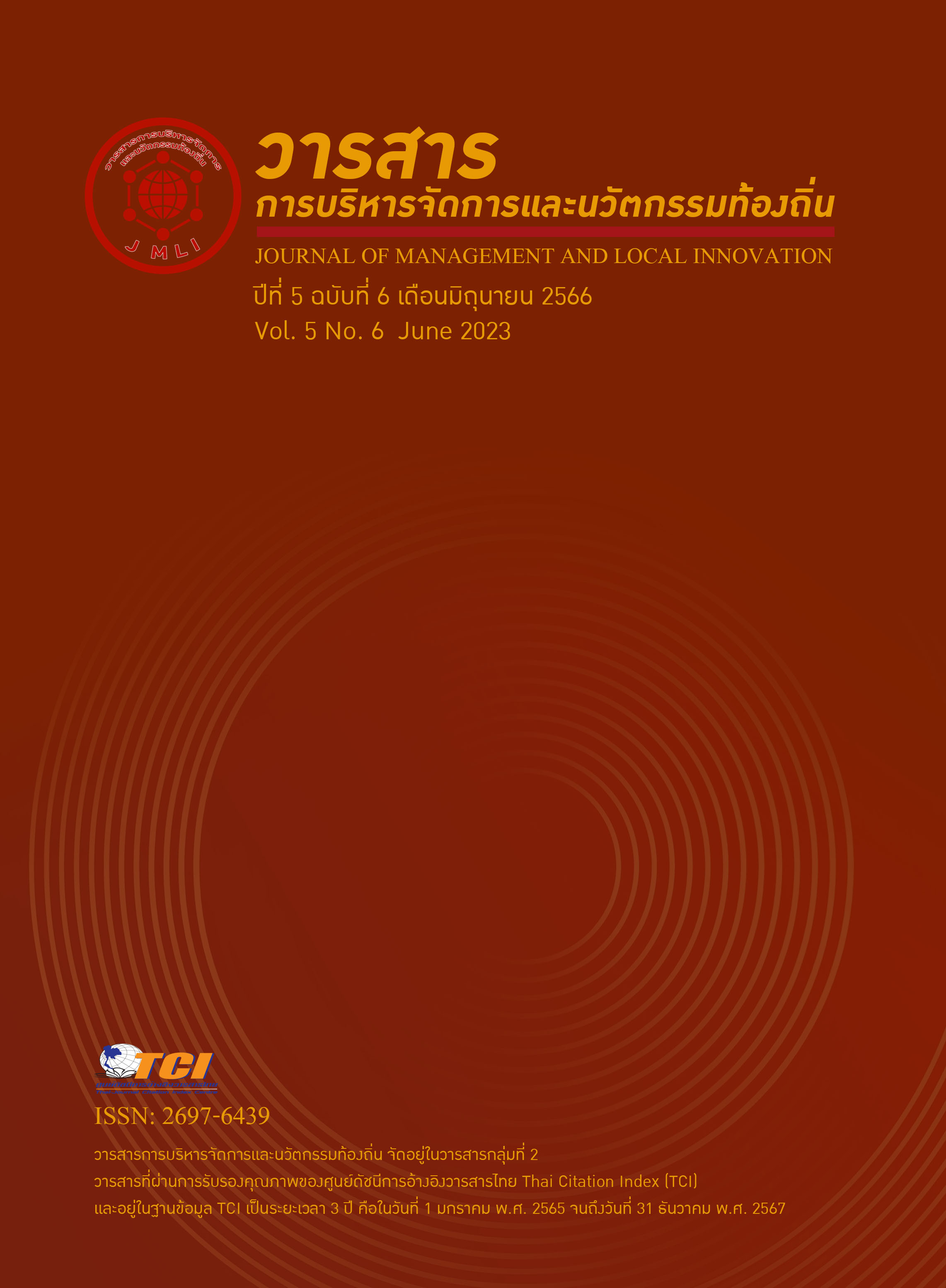Sua Kho Ko Ka: A Study of Didactic Literature
Keywords:
Sua Kho Ko Ka, Thosamun Sua Kho, Sami Mi, Kham Kab, Khon Suat, Thai textbookAbstract
This article investigates the use of Kab in the book Sua Kho Ka or Thotsamun Sua Kho by Phra Samimi, which was written during the reign of King Rama III to be used as a textbook for teaching reading. It begins with the spelling of 8 types, namely Mae Ko Ka, Mae Kon, Mae Kong, Mae Kom, Mae Kot, Mae Kok, Mae Kop and Koei, respectively. This book was composed with Kab style or Klon Suat, with the use of 11 types of Kab, respectively, as follows: Kapsan Wilasini, Yatiphangchan, Kapchanchabam, Yatiphang, Kapsuwanmala, Kaprattanamala, Surakhanachan, Kapsalokchan, Kapkhapmai Khaoso, Kakolokana and Kap Kroen. Each type of Kab has a different length. In total, there are 394 verse, and at the end there are 4 other types of Kab Konlabot.


